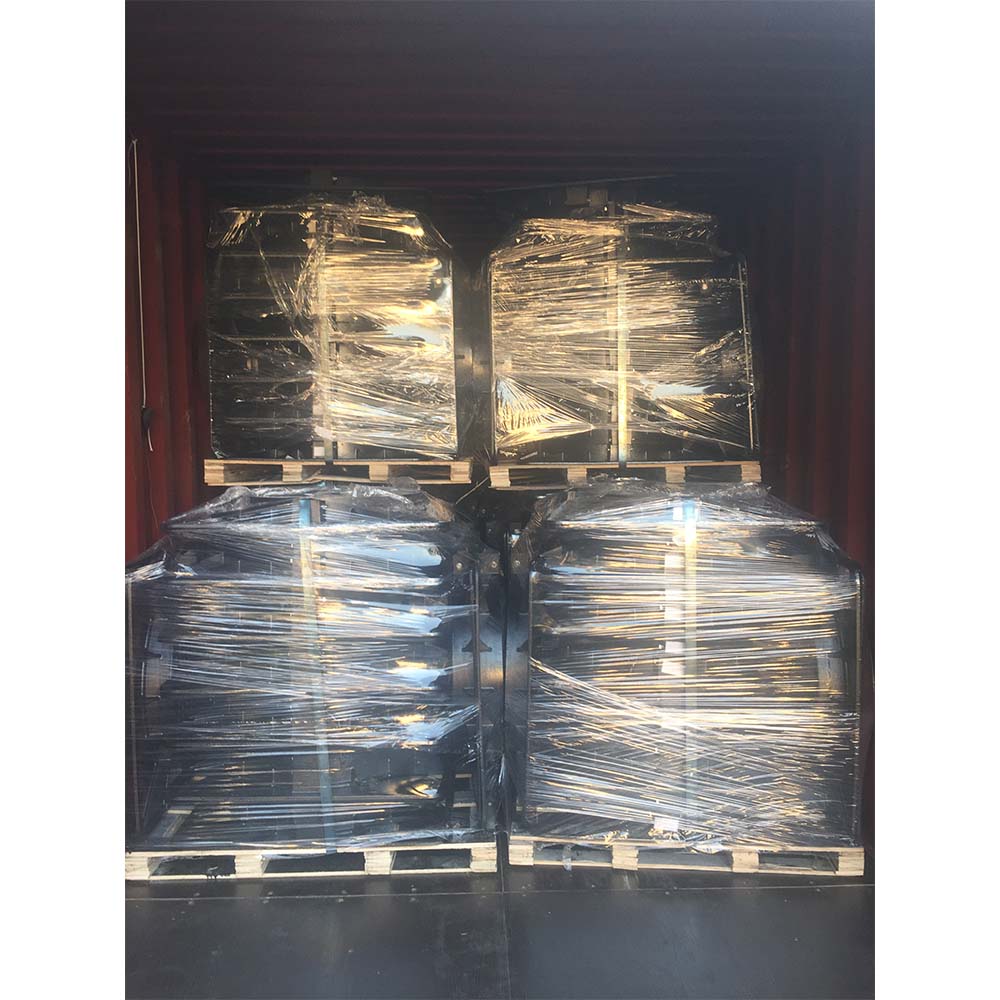air compressor safety release valve
Understanding the Safety Release Valve in Air Compressors
Air compressors are essential tools in many industries and applications, from powering pneumatic tools to inflating tires. However, like any machinery that operates under pressure, they come with safety considerations, particularly concerning their safety release valves. This article delves into the function, importance, and best practices regarding safety release valves in air compressors.
What is a Safety Release Valve?
A safety release valve, also known as a pressure relief valve, is a critical component of an air compressor. Its primary function is to prevent the compressor from exceeding its safe operating pressure. In the event that the pressure within the compressor tank rises beyond the specified limit—due to equipment malfunction, blockage, or other unforeseen issues—the safety valve opens to release pressure, thereby preventing potential accidents such as explosions.
How Does It Work?
The safety release valve is designed to open automatically when the internal pressure reaches a predetermined threshold. It consists of a spring-loaded mechanism that holds a valve shut under normal conditions. When the internal pressure exceeds the specified limit, the force exerted by the air compresses the spring, allowing the valve to open and release excess pressure. Once the pressure falls back to a safe level, the spring closes the valve again.
Importance of Safety Release Valves
The safety release valve is vital for several reasons
1. Preventing Accidents Air compressor explosions can cause severe injuries, fatalities, and significant property damage. The safety valve acts as a fail-safe mechanism to prevent such catastrophic events.
2. Protecting Equipment Excessive pressure can damage the compressor and other connected tools. By regulating pressure levels, safety valves help prolong the lifespan of the equipment.
air compressor safety release valve

3. Regulatory Compliance Many safety standards and regulations require the installation of safety release valves in air compressors to ensure safe operation. Compliance with these regulations is essential for legal and insurance purposes.
Best Practices for Maintenance
To ensure the reliability of the safety release valve, regular maintenance is crucial
1. Routine Inspections Regularly inspect the safety valve for signs of wear, corrosion, or damage. Any malfunctioning components should be replaced immediately.
2. Testing the Valve Periodically test the valve to ensure it operates correctly. This can often be done by manually engaging the valve to ensure it opens and closes smoothly.
3. Keep It Clean Ensure the valve and its surrounding area are free from debris and obstructions. This helps in maintaining its functionality.
4. Professional Servicing If unsure about the maintenance procedures, seek professional assistance. Technicians can perform detailed inspections and repairs, ensuring the safety release valve operates effectively.
Conclusion
The safety release valve is an indispensable feature of any air compressor, playing a crucial role in preventing accidents and protecting equipment. By understanding its function and ensuring proper maintenance, users can significantly enhance the safety and efficiency of their air compressors. Always remember, safety should never be compromised, and regular checks are essential for a reliable and safe working environment.
-
The Smarter Choice for Pedestrian AreasNewsJun.30,2025
-
The Gold Standard in Round Drain CoversNewsJun.30,2025
-
The Gold Standard in Manhole Cover SystemsNewsJun.30,2025
-
Superior Drainage Solutions with Premium Gully GratesNewsJun.30,2025
-
Superior Drainage Solutions for Global InfrastructureNewsJun.30,2025
-
Square Manhole Solutions for Modern InfrastructureNewsJun.30,2025
-
Premium Manhole Covers for Modern InfrastructureNewsJun.30,2025
